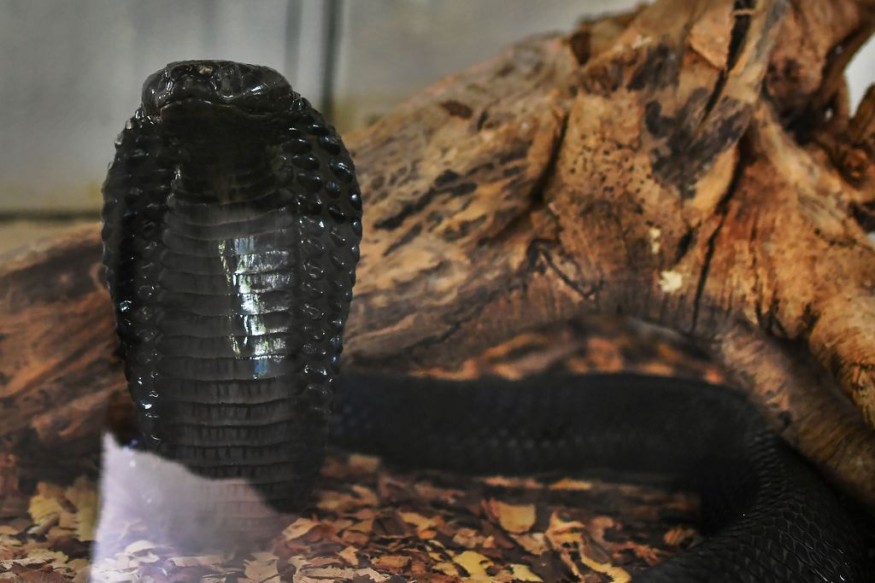Researchers discovered a new species of cobra-like using advanced DNA extraction techniques.
The snake had black-red skin around its body, which likely thrived in the Eastern Highlands of Zimbabwe.
However, the report noted that the snake might have become extinct.
The study findings were published in the PLOS One journal, showing the Museum DNA of a potentially extinct snake species.
Understanding the unknown species can provide new insights into their behavior. Using advanced analysis and tools, researchers can discover new species that require conservation efforts.
Extremely Rare Cobra-Like Snake Unearthed

The collections in museums and natural history have been a vital home to many species, fossils and other discoveries. It shows many scientists' long quests and efforts to increase the knowledge about wildlife.
With preservation techniques, the collections can be maintained in its best shape.
However, researchers explained that damage to DNA could happen during the preservation.
The DNA can degrade when formalin is used, making it more challenging for experts to decipher the genetic codes of specimens.
With the latest developments in DNA extraction, experts can now have a better understanding.
In 1920, the researchers highlighted the rare snakes in the country. Zimbabwe has dry forests and savannas that can be favorable to snakes.
The new techniques also helped them to discover a new snake species in Zimbabwe. The country is home to unique biodiversity and ecosystems, with about 672 bird species and 132 fish species.
They unearthed a cobra-like snake near the Inyanga Estate in Nyanga during that time. Reports noted that the said snake had red skin and black dots around their bodies.
Further analysis showed that the cobra-like snakes had different scale counts. The new species has a scientific name of Hemachatus nyangensis, but it can likely become extinct.
Researchers highlighted the similarities between the Hemachatus nyangensis and the true cobras. They can spit venom against potential threats.
The cobra's defensive stance can be due to the human's ancestor. The upright look of first hominins could threaten the said snakes, which likely caused them to spit against predators.
New species of yellowish-brown color snake
In a study published in the Journal of Herpetology, researchers discovered a new snake species in Peru.
The yellowish-brown snake with black spots has a scientific name of Tachymenoides harrisonfordi, named after Harrison Ford from the iconic Indiana Jones.
They discovered the snake species using the herpetological survey at the Ototishi National Park in Peru. The Tachymenoides harrisonfordi has smooth scales with apical pits.
To map and visit the area, the researchers embarked on a helicopter. The site is not easy to navigate.
However, discovering new species will help protect the species from potential threats of habitat loss.
Related Article : New Yellowish-Brown Color Snake Discovered in Peru, Named in Honor of 'Harrison Ford from Indiana Jones'
For more similar, don't forget to follow Nature World News.
© 2025 NatureWorldNews.com All rights reserved. Do not reproduce without permission.





